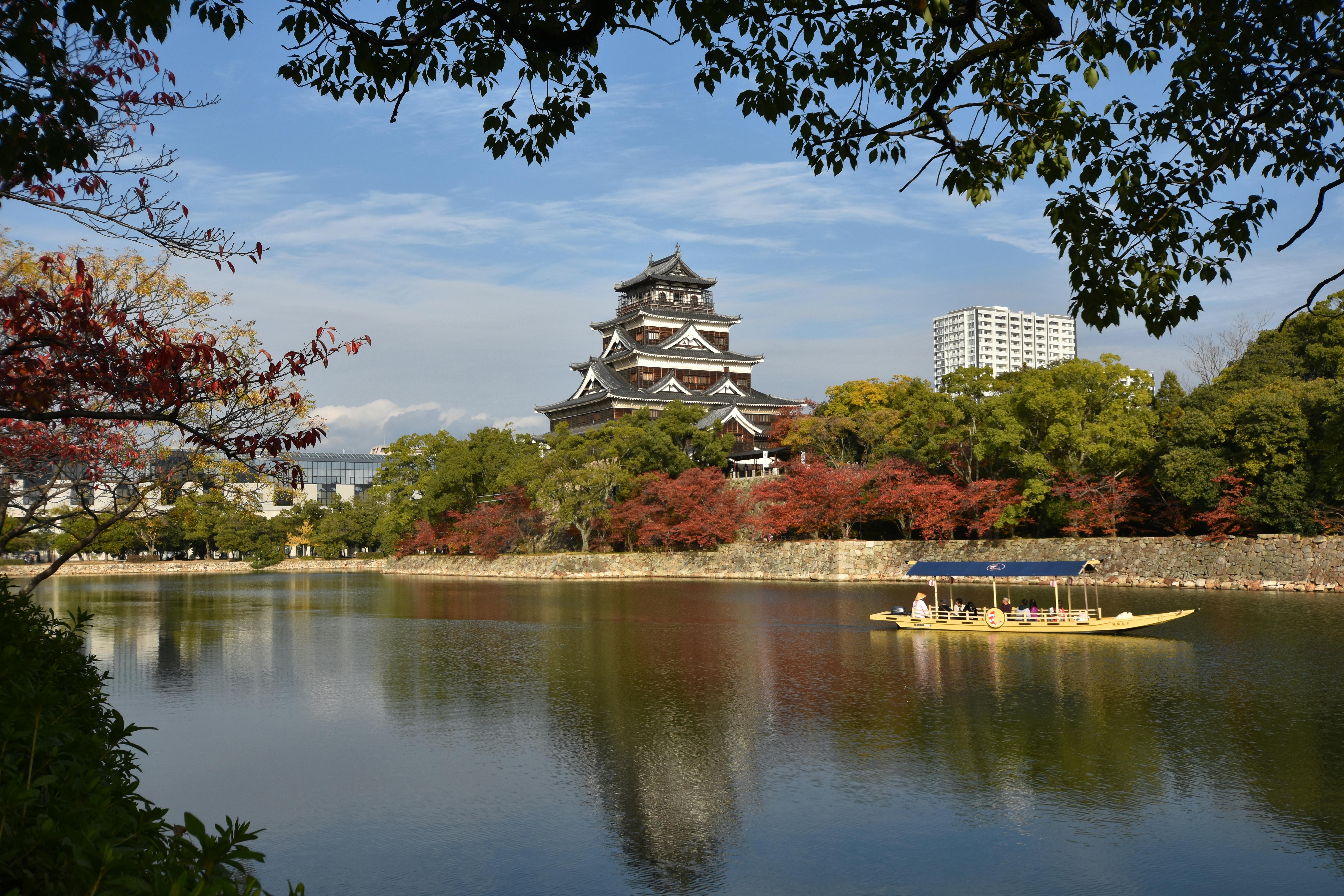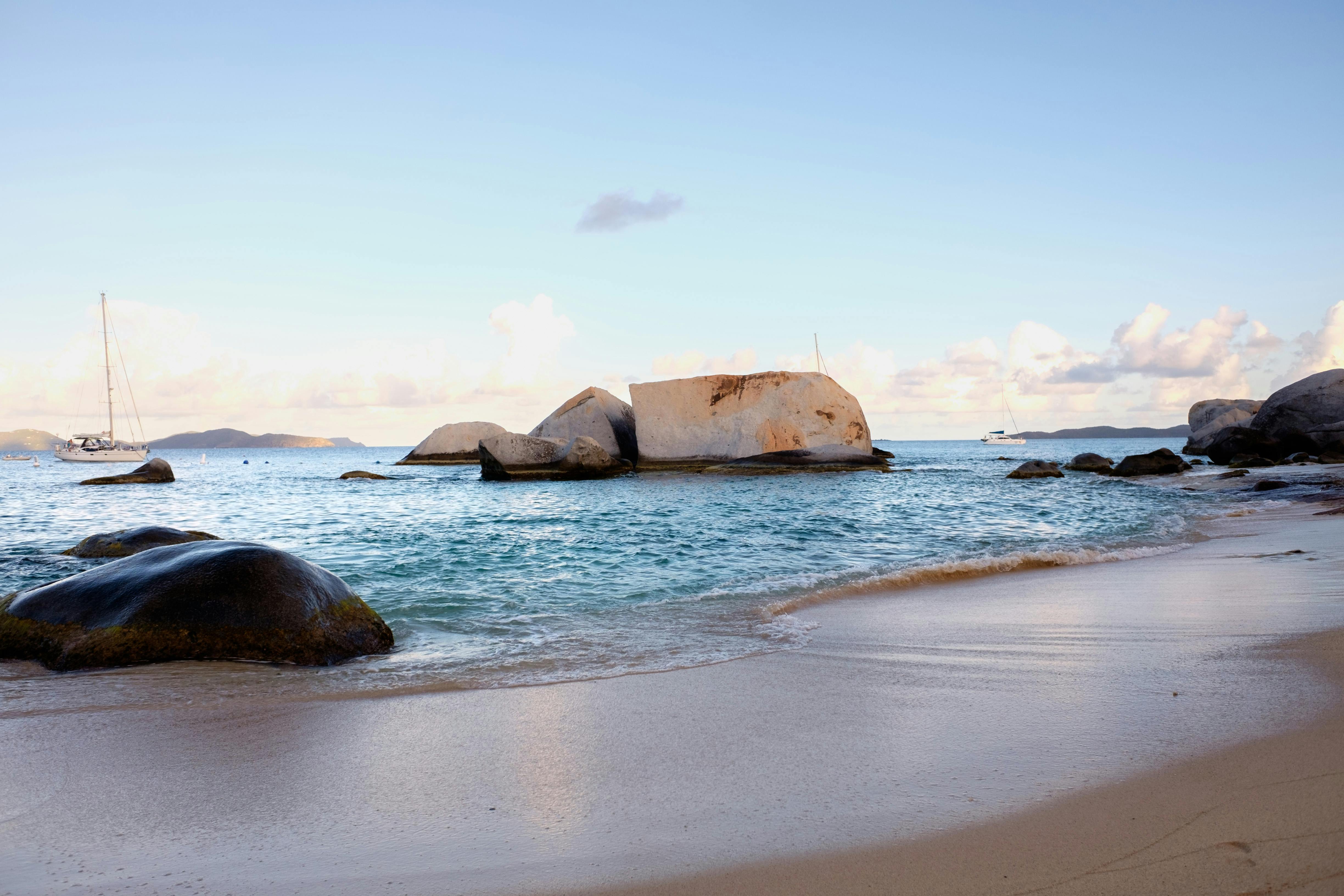Making distilled water for use in a CPAP machine is a simple and cost effective way to ensure that your CPAP machine is functioning properly. Distilled water is free of minerals, making it ideal for use in a CPAP machine as it will not contribute to the buildup of mineral deposits inside the machine. This guide will explain the process of how to make distilled water at home, so you can have clean, fresh water for your CPAP machine each time you fill the tank.Distilled water is water that has been heated to the point of vaporization and then condensed back into liquid form. It is free from minerals, salts, and other impurities that are found in regular tap water. Distillation is a process which removes impurities from a liquid by boiling it and then condensing the vapors back into a clean liquid. This process results in a clear, odorless, and tasteless liquid with a neutral pH balance. Distilled water is often used for drinking purposes, medical applications, and for industrial processes such as cooling systems.
CPAP
CPAP stands for Continuous Positive Airway Pressure. It is a treatment for sleep apnea, a condition in which a person stops breathing for short periods during sleep. CPAP works by providing a stream of air through a mask worn over the nose and mouth. This air pressure keeps the airways open so that the patient can breathe easily throughout the night. CPAP is often used in conjunction with other treatments such as lifestyle changes, medications, and other therapies to help manage sleep apnea symptoms. CPAP machines come in many sizes and styles, and are available with various features to fit individual needs. They can be used at home as well as in hospitals or other medical facilities. CPAP is generally safe and effective, but it may take some time to adjust to using it correctly. It is important to follow your doctor’s instructions when using CPAP to ensure maximum effectiveness and safety.
CPAP machines can also be used to help treat other respiratory conditions such as chronic obstructive pulmonary disease (COPD) and bronchitis. In these cases, CPAP provides a steady stream of air pressure that helps keep the lungs inflated and open so that patients can breathe more easily. While CPAP is not a cure for these conditions, it can provide much-needed relief from symptoms that interfere with daily activities or sleep.
In addition to providing relief from sleep apnea or other respiratory conditions, CPAP machines offer several other benefits including improved overall health. Studies have shown that regular use of CPAP can reduce daytime sleepiness, improve alertness during the day, reduce snoring, help manage blood pressure levels, improve quality of life overall, and even reduce risks of stroke and heart attack.
How to Make Distilled Water for CPAP?
Making distilled water for your CPAP machine is a simple process that can be done at home. All you need is a large pot, some ice, a heat source and some clean water. To start, fill the pot with about two inches of clean tap water and place it on the heat source. Once the water starts to boil, add a few cups of ice cubes to the pot. This will cause the boiling water to condense on the surface of the ice cubes and form droplets.
Once you have enough distilled water in your pot, turn off the heat source and carefully remove the pot from the stove. The distilled water can then be poured into a separate container for use in your CPAP machine. It is important to note that distilled water should always be used in CPAP machines since regular tap or bottled water may contain minerals that can damage the machine over time.
It is also important to keep in mind that distilled water should not be stored for extended periods of time as it can become contaminated with bacteria or other microorganisms over time. If you need to store distilled water, make sure it is kept in an airtight container and only use it within a few weeks of preparing it.
Using distilled water in your CPAP machine is an easy way to keep your device running smoothly and efficiently while also protecting its internal components from mineral buildup or contamination from other sources.
Water Distillation Process
Water distillation is a process by which impurities are removed from a liquid, resulting in a pure and safe product. The process involves heating the water to its boiling point, allowing the steam to rise and then condensing it back into liquid form. The impurities remain in the boiling chamber, while the condensate is collected in another chamber. The resulting product is pure and safe to drink. Water distillation is used to purify drinking water, as well as industrial water used in manufacturing processes. It can also be used in laboratories for scientific experiments.
The process of water distillation is simple and effective. First, the water is heated until it reaches its boiling point (100°C). As it begins to boil, steam rises from the boiling chamber and enters a condenser where it is cooled back into liquid form. Impurities are left behind in the boiling chamber, while pure water collects in another chamber at the end of the condensing tube. This purified water can then be collected for use or further treated for drinking.
The effectiveness of a water distillation system depends on several factors including temperature, pressure, and flow rate. These factors must be carefully controlled to ensure that all impurities are removed from the water. Additionally, some contaminants may require additional treatment before they are completely removed from the purified liquid.
Water distillation has been used for centuries to purify drinking water and has been proven to be an effective method of removing impurities from liquids. The process is simple and cost-effective, making it an attractive choice for many industries and applications. With advances in technology, modern systems are increasingly efficient at producing large volumes of purified liquids quickly and safely.
The Benefits of using Distilled Water for CPAP
CPAP, or continuous positive airway pressure, is a common form of treatment for sleep apnea. It involves the use of a mask that is connected to a machine to deliver air pressure to the wearer. This helps keep the airways open during sleep and can reduce episodes of apnea. To ensure optimal performance from the device, it is important to use clean water in the reservoir. Distilled water is often recommended for use in CPAP machines as it is free from contaminants and impurities, which can affect performance and cause damage to the device over time. Here are some of the benefits of using distilled water for CPAP:
Reduced Risk of Infection
Distilled water has been treated through a process that removes impurities and contaminants which could potentially cause an infection if they are present in the reservoir. This means that there is less risk of infection when using distilled water compared to regular tap water. The absence of bacteria in distilled water also helps ensure that the machine remains free from contamination, thus reducing any health risks associated with using it.
Improved Performance
Using distilled water in CPAP machines can improve their performance by keeping them free from impurities that can build up over time and cause clogs in the tubing or other parts. This ensures that air pressure is delivered consistently and without interruption, leading to better results for those using it.
Reduced Maintenance Costs
Distilled water does not contain any minerals or other substances that can corrode parts or damage them over time. This means that using distilled water can help reduce maintenance costs as there will be less need for repairs or replacements due to wear and tear caused by impurities in regular tap water.
In conclusion, there are many benefits associated with using distilled water for CPAP machines. It reduces the risk of infection, improves performance and reduces maintenance costs. For these reasons, many people choose to use distilled water for their CPAP machines instead of regular tap water.

Types of Equipment Required to Make Distilled Water
Making distilled water requires a few pieces of equipment, including a heat source, something to collect the water vapor, and something to store the resulting distilled water. A stove or hot plate can be used as the heat source. The condenser is used to capture and cool the vaporized water so that it returns to its liquid state. Lastly, a container is needed to store the distilled water.
The condenser is perhaps the most important piece of equipment for making distilled water. It needs to be able to withstand heat and pressure, so it needs to be made of a material such as stainless steel or glass. The condenser should also have an opening at its top where steam can escape and an outlet at its bottom where the condensed liquid can flow out. It is also important that there is enough room inside so that all of the steam produced can properly condense before leaving the condenser.
The container used for storing distilled water should also be made from stainless steel or glass and should have an airtight seal so that it does not become contaminated by outside elements. Additionally, it should be large enough so that all of the condensed liquid can fit inside without overflowing.
Making distilled water is not difficult if you have the right equipment and know how to use it properly. With a little practice and patience, you can make your own high-quality distilled water in no time!
Step 1: Gather Your Materials
Before you can begin making distilled water for your CPAP, you will need to gather the materials needed. You will need a pot or pan with a lid, a piece of tubing, a container to collect the distilled water, and ice. It is important to make sure that all of these materials are clean and sterilized before beginning the process.
Step 2: Assemble the Parts
Once you have gathered all of your materials, it is time to assemble them into the distillation apparatus. Begin by attaching one end of the tube to the lid of your pot or pan. Make sure that it is securely fastened so that no steam can escape during the distillation process. Once this is done, place the other end of the tube into your container for collecting the distilled water.
Step 3: Boil Water
Now it is time to begin boiling your water. Fill up your pot or pan with regular tap water and place it on a burner over high heat until it begins to boil. Make sure that you keep an eye on it so that it does not boil over or burn dry. Once it has begun boiling, reduce the heat slightly so that it maintains a steady simmer.
Step 4: Collect Distilled Water
Once your tap water has been boiling for several minutes, begin adding ice cubes to the top of your pot or pan with its lid still in place. This will cause some of the steam from inside to condense and turn back into liquid form which will collect in your container attached via tubing from before. This liquid is now considered distilled water which can be used for CPAP machines and other medical applications.
Step 5: Store Distilled Water
Once you have collected enough distilled water for your needs, turn off the heat and allow everything to cool down before attempting any cleanup or storage procedures. Distilled water should be stored in an airtight container such as a glass jar or plastic bottle away from direct sunlight or other sources of heat in order to maintain its quality and purity levels. It can also be frozen if necessary, though this may degrade its quality over time.


